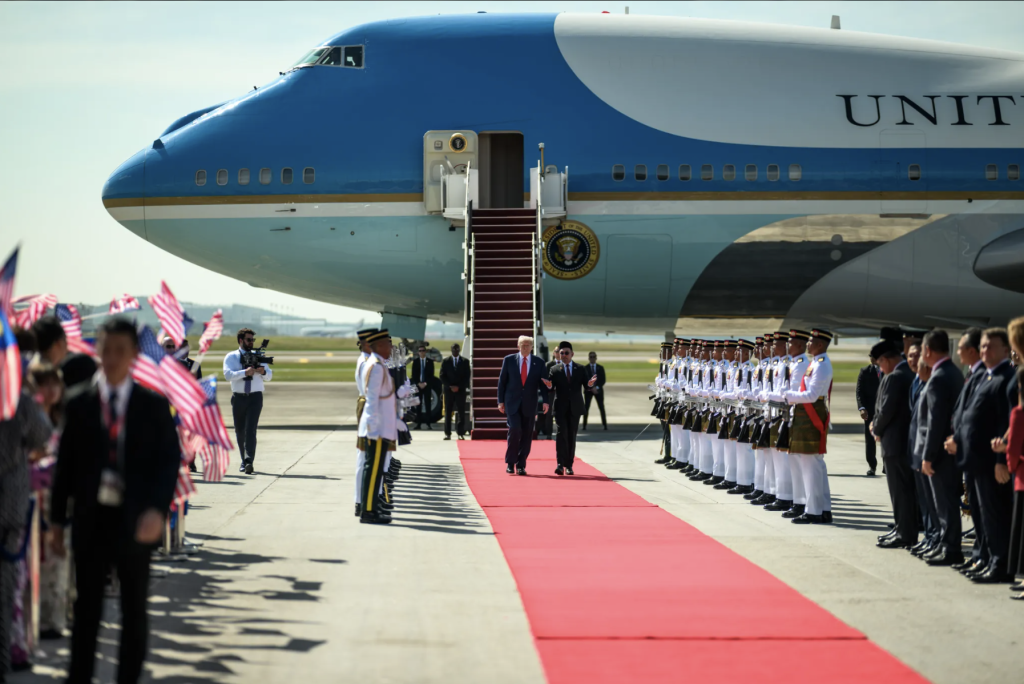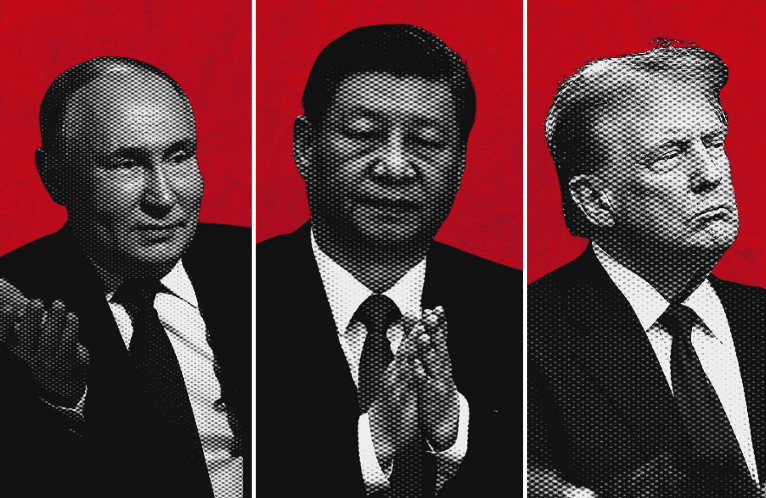Exclusive: No, The US Should Not Disinvite China To RIMPAC
I recently read an article published in The Diplomat (but originally elsewhere) in which the author of the piece advocated disinviting China from 2016’s Rim of the Pacific Exercise, also known as RIMPAC. The exercise, hosted in Pearl Harbor, Hawaii, is the largest naval exercise in the world. It focuses mainly on the littoral nations of the Pacific Rim; however the United States invited European nations to participate in 2014. In total there were 22 participants in 2014 with 6 observers.

However, with China’s recent activity in the South China Sea, there has been a growing movement to disinvite China from joining the biannual exercise. Congressman Mark Takai (D-HI), who represents the areas near Pearl Harbor, told Ash Carter, the United States Secretary of defense and General Joseph F. Dunford, the Chairman of the Joint Chiefs of Staff that had introduced an amendment to the National Defense Authorization Act to prohibit Chinese participation in the RIMPAC exercise if the Department of Defense failed to revoke China’s invitation.
Secretary Carter responded by saying that the Department of Defense acknowledges China’s aggressive behavior in the South China Sea and said that the DoD was “reassessing” the invitation. However, “Carter argued that the United States does not want to exclude anyone from the regional ‘security architecture.’”(You can watch the exchange at this link).
“Should we reward China for this aggressive behavior by including them in an event meant for allies and partners?” Takai asked Carter. “China’s behavior is the polar opposite of U.S. objectives in the region.”

Congressman Takai’s frustration with the invitation of China to RIMPAC is not without basis. Many see RIMPAC as a prestigious event and welcoming a Chinese presence to the exercise would be a sort of reward. In this way, excluding China would show US leadership in punishing bad behavior in the South China Sea.
In The Diplomat article, Shirley Kan supports Takai’s position and closes by saying “The United States needs to show strength with strategic signals, serious actions, and international leadership. The United States will look silly and weak after RIMPAC 2016 if the PLA is embraced only to have the regime in Beijing then claim a ‘South China Sea ADIZ (Air Defense Identification Zone),’ coerce a U.S. ally, or provoke collisions with U.S. or allied aircraft and ships.”
China’s actions in the South China Sea have indeed been troubling, and while it is important for the United States to work with ASEAN’s littoral parties in the region to seek a peaceful solution to the conflict and to take a strong stance against China’s assertive behavior, disinviting China from participation in RIMPAC 2016 would not be beneficial for seeking a solution to the South China Sea dispute nor US-China relations in general.
Kan is right to say that the United States must show international leadership in dealing with the crisis in the South China Sea. However, it is also important for the United States to think critically about the position that it will take in the region. The US is not a littoral party in the region and by expelling China from participation at RIMPAC; the US would only be sending the message that it is taking an “anti-China” stance in the dispute.

When it comes to taking sides, rather than outright joining the Philippines or Vietnam, the United States has taken the side of “international law.” US operations in the sea has focused mainly on “freedom of navigation operations” in which the United States has been able to take the “moral high ground” of siding with international law rather than with any particular party in the dispute. A commitment to international law shows that the United States is appealing to higher principles, many of which China espouse as well.
Certainly the United States has not shied from interpreting Chinese activity in the region as troubling and has worked with an assortment of parties including Vietnam, Philippines, and even the parties of the hypothetical Quadrilateral Security Dialogue. To American leaders, the position of the United States is, rather than on supporting allies, focused on upholding international law. However, the American position in the South China Sea is complicated as the United States is not a party on the United Nations Convention on the Law of the Sea (UNCLOS).
More than anything, however, disinviting China from RIMPAC as a means of showing international leadership would simply be preaching to the choir. The parties present at RIMPAC are already noted US allies. Most of the parties are, in fact, already working closely with the United States in the dispute as well as in other maritime issues worldwide. What does the United States have to prove to its allies by disinviting China from RIMPAC? All the United States would accomplish would be antagonizing China and making a peaceful solution even less likely.
Rather than looking “silly and weak,” the United States would be maintaining its commitment to its values by inviting China to participate in RIMPAC. The purposes of joint military exercises is not only practicing strategies to face potential common threats, but also as a way of building camaraderie between the militaries personnel of participating countries. RIMPAC provides an opportunity to bring together Chinese and Philippine military personnel without involving combat between the parties.

If anything, RIMPAC is the best way to practice international leadership. It gives the US a moral high ground while at the same time bringing China to the table. In the eyes of attendees, China’s continued assertiveness in the South China Sea will be taken in spite of the best actions of the international community to find a peaceful solution.
It is important to uphold international law and to take a strong stance against Chinese activity in the South China Sea. However, disinviting China from RIMPAC would only alienate and antagonize China. If the goal is to avoid bloodshed in the South China Sea, the United States cannot afford to make an enemy out of China, and as both Henry Kissinger and Harvard’s Joseph Nye have assured us, “If you treat China as an enemy, you are certain to have an enemy.”
When it comes to strategy, it is not weakness to be calculating, it is, however, weakness to be rash. Disinviting China from RIMPAC would only be a way to make an unnecessary enemy. Such an action would only make war in the region more likely and would be a failure of US international leadership.

In order to find a solution to the South China Sea dispute, China must not be made into an enemy. As for the future of US-China relations, it is important for both parties to keep open dialogue, whether in politics, business, or military. US response actions in the South China Sea must never be taken as spurred by anti-China motivations and must be inspired by the upholding of international norms and statues.
The best way for the US to show international leadership, therefore, would be by providing a place for the littoral parties of the South China Sea to conduct diplomacy rather than combat. Inviting China to RIMPAC would provide another step for diplomacy, which will be sure to appease the peacedoves. As for the “peace-through-strength” crowd, the exercises will also provide an opportunity for a show of force.
By AARON WALAYAT Apr. 25, 2016 on USCNPM








